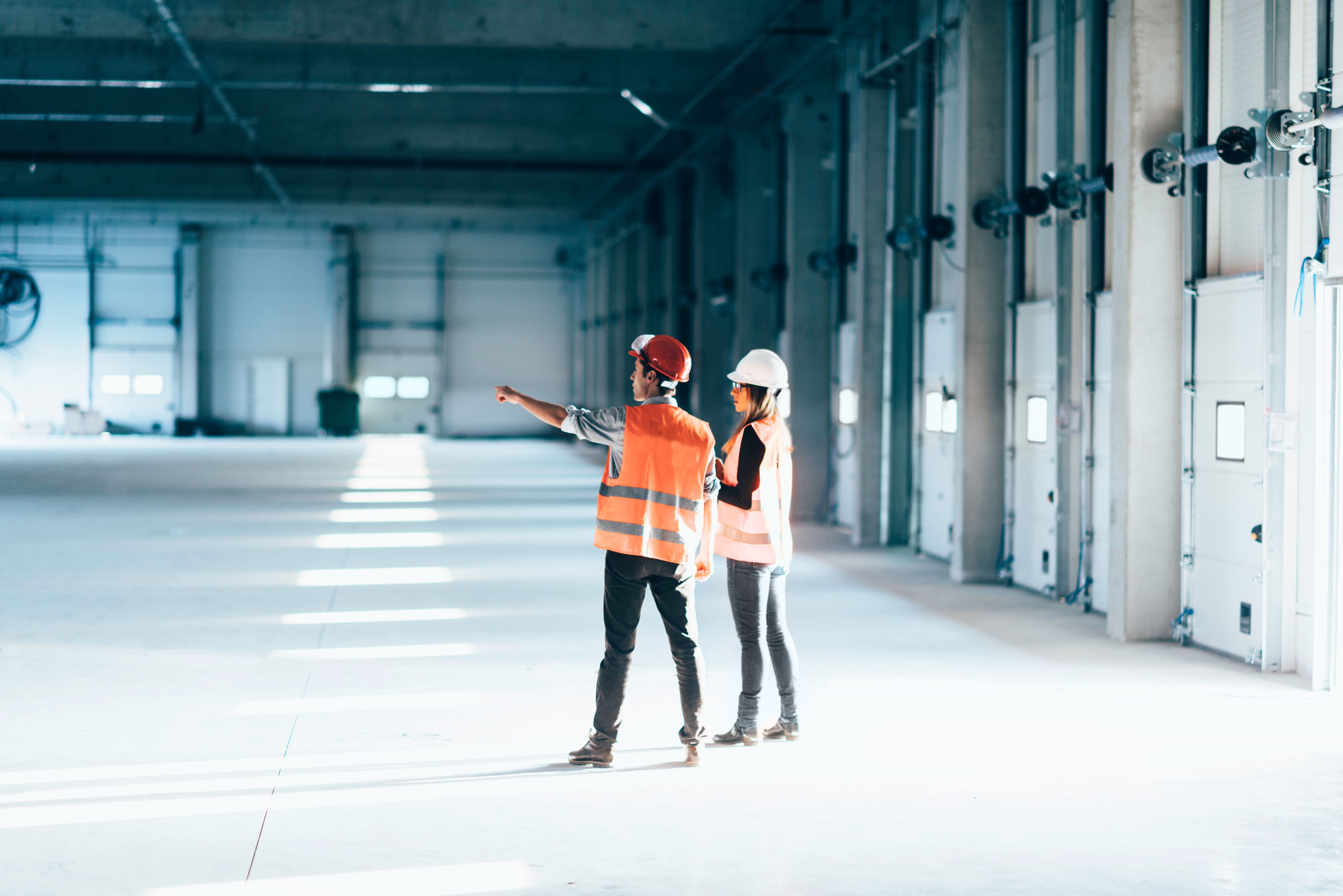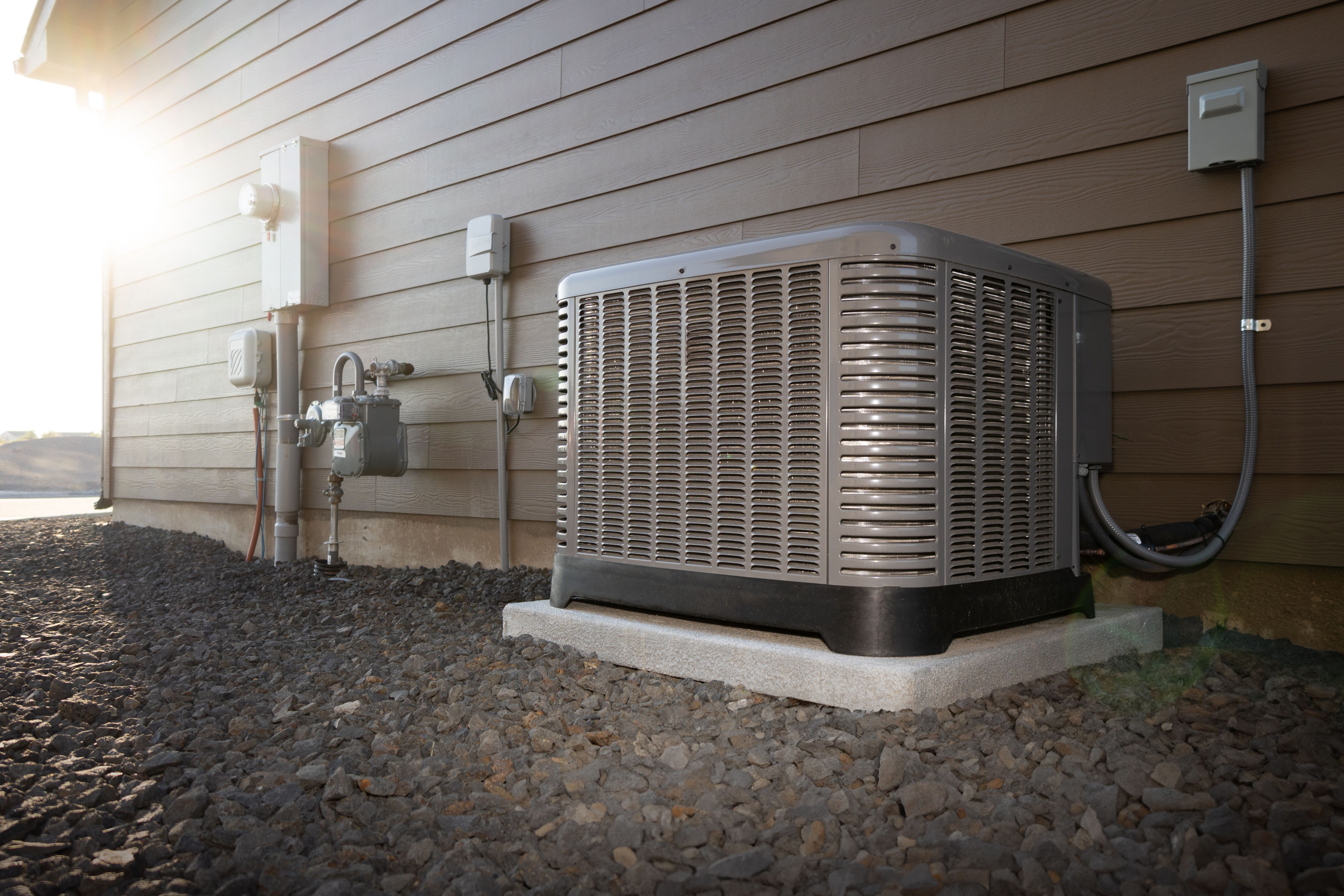Ensuring Safety: Seasonal Maintenance in Lifecare Facility Design
Understanding the Importance of Seasonal Maintenance
In lifecare facilities, safety is paramount, and one of the pillars that support this crucial element is regular maintenance, especially as seasons change. Each season brings its own set of challenges and potential hazards. By prioritizing seasonal maintenance, facilities can ensure a safe and comfortable environment for residents and staff alike.
Regular inspections and maintenance not only extend the lifespan of the facility's infrastructure but also prevent accidents and ensure compliance with health and safety regulations. This proactive approach reduces the risk of unexpected breakdowns and emergencies, which are more challenging to manage.

Preparing for Winter: Heating Systems and Insulation
As winter approaches, it's crucial to focus on heating systems and insulation. Ensuring that heating systems are functioning efficiently can make a significant difference in maintaining a comfortable environment amidst dropping temperatures. Regular checks should include:
- Inspecting boilers and furnaces for any signs of wear or damage.
- Testing thermostats to ensure accurate temperature control.
- Checking insulation in attics and walls to prevent heat loss.
Maintenance teams should proactively address any issues found during these inspections to avoid disruptions during the cold months. This not only promotes comfort but also helps in maintaining the health of residents by preventing cold-related illnesses.
Spring Readiness: Air Quality and Ventilation
Spring brings a fresh set of challenges, focusing primarily on air quality and ventilation. As temperatures rise, ensuring proper ventilation becomes critical. Facilities should place emphasis on:
- Cleaning and maintaining air conditioning units for optimal performance.
- Replacing air filters to improve indoor air quality.
- Inspecting windows and vents for functionality and seal integrity.

Improved air quality can significantly enhance the well-being of residents, reducing the risk of respiratory issues and allergies, which are often exacerbated by poor ventilation systems.
Summer Safety: Cooling Systems and Hydration
The summer months require attention to cooling systems and ensuring residents remain hydrated. High temperatures can pose serious health risks, particularly for older adults. Key areas of focus should include:
- Conducting thorough checks on cooling systems to prevent unexpected failures.
- Ensuring hydration stations are easily accessible throughout the facility.
- Implementing heatwave protocols to manage extreme temperature scenarios.
By taking these steps, facilities can significantly mitigate the risk of heat-related illnesses, providing a safe environment for both residents and staff during the hottest months.

Autumn Preparations: Landscaping and Exterior Safety
During autumn, attention shifts to landscaping and ensuring exterior safety. Falling leaves and unpredictable weather can create hazards that need addressing. Maintenance efforts should include:
- Regularly clearing leaves and debris from walkways to prevent slips and falls.
- Inspecting roofs and gutters to prevent water damage from rain.
- Ensuring outdoor lighting is functional as daylight hours decrease.
These measures help maintain a secure environment for everyone, preventing accidents that could result from seasonal changes in weather conditions.
The Role of Staff Training in Seasonal Maintenance
A well-trained maintenance team is integral to the successful implementation of a seasonal maintenance plan. Providing ongoing training ensures that staff are knowledgeable about the latest safety standards and techniques. This investment in training not only enhances the team's effectiveness but also boosts their confidence in handling various situations that arise with seasonal changes.

By emphasizing continuous education and preparedness, lifecare facilities can ensure that their maintenance teams remain proactive in addressing any potential safety concerns throughout the year.
Conclusion: Commitment to Continuous Improvement
Ensuring safety through seasonal maintenance is an ongoing commitment that requires diligence and foresight. By regularly reviewing and updating maintenance protocols to address seasonal challenges, lifecare facilities can create a safe, comfortable environment for their residents and staff year-round. This commitment to continuous improvement not only protects the physical integrity of the facility but also enhances the overall quality of care provided.
